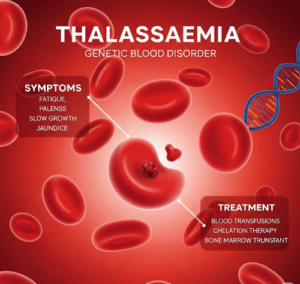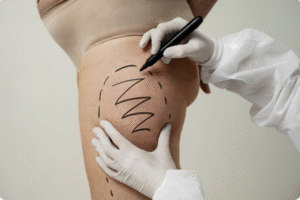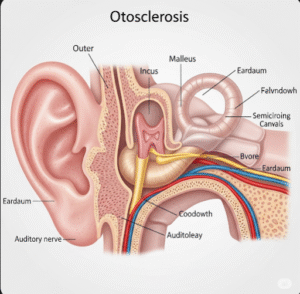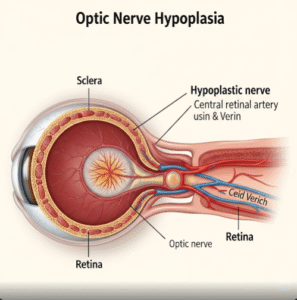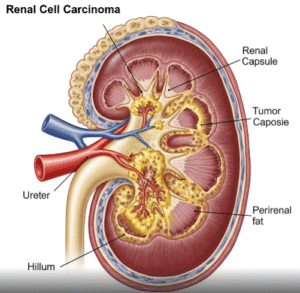Overview
Locked-In Syndrome (LIS) is a rare neurological disorder characterized by complete paralysis of voluntary muscles except for those controlling eye movements. Patients are conscious and aware but unable to speak or move, making diagnosis and care challenging.
What Is Locked-In Syndrome?
Locked-In Syndrome occurs due to damage to specific areas of the brainstem, particularly the ventral pons, disrupting motor pathways while sparing cognitive functions and vertical eye movement. It is most commonly caused by stroke or trauma.
Symptoms
- Complete paralysis of limbs, face, and mouth
- Preserved consciousness and cognitive function
- Ability to move eyes vertically and blink
- Inability to speak or swallow
- Normal sleep-wake cycles
- Communicate primarily through eye movements
Causes
- Brainstem stroke, especially basilar artery thrombosis
- Traumatic brain injury
- Tumors affecting the brainstem
- Severe infections such as encephalitis
- Demyelinating diseases (e.g., multiple sclerosis)
- Central pontine myelinolysis
Risk Factors
- History of stroke or cardiovascular disease
- Head trauma
- Severe infections involving the brain
- Underlying neurological disorders
Complications
- Respiratory failure due to paralysis of breathing muscles
- Infections like pneumonia from impaired swallowing
- Muscle wasting and contractures
- Psychological distress and depression
- Difficulty in communication and dependence on caregivers
Prevention
- Managing risk factors for stroke and cardiovascular disease
- Protecting the head from injury
- Early treatment of infections and neurological conditions
- Monitoring and rehabilitation for patients at risk
Treatment Options in Korea
Korea provides multidisciplinary care for Locked-In Syndrome including:
- Acute Care: Intensive neurological monitoring and respiratory support in ICU settings.
- Rehabilitation: Physical therapy, occupational therapy, and speech therapy focusing on eye movement communication.
- Assistive Technologies: Eye-tracking devices and brain-computer interfaces to facilitate communication.
- Psychological Support: Counseling for patients and families to manage emotional and mental health.
- Long-term Care: Specialized nursing and home care services to improve quality of life.
- Research and Innovation: Access to cutting-edge neurorehabilitation programs and clinical trials in Korean medical centers.
With Korea’s advanced neurological and rehabilitation services, patients with Locked-In Syndrome receive comprehensive support to maximize independence and quality of life.


